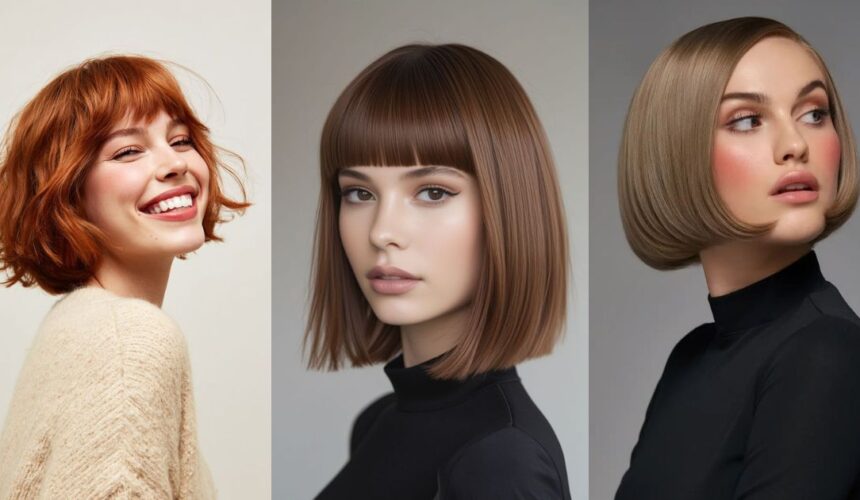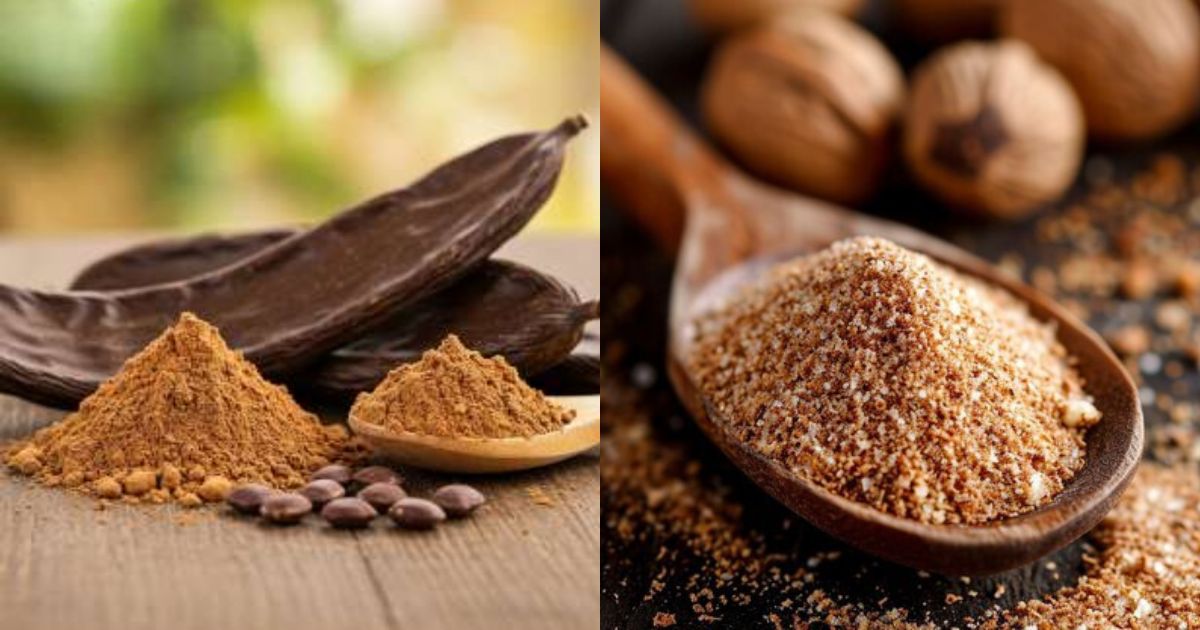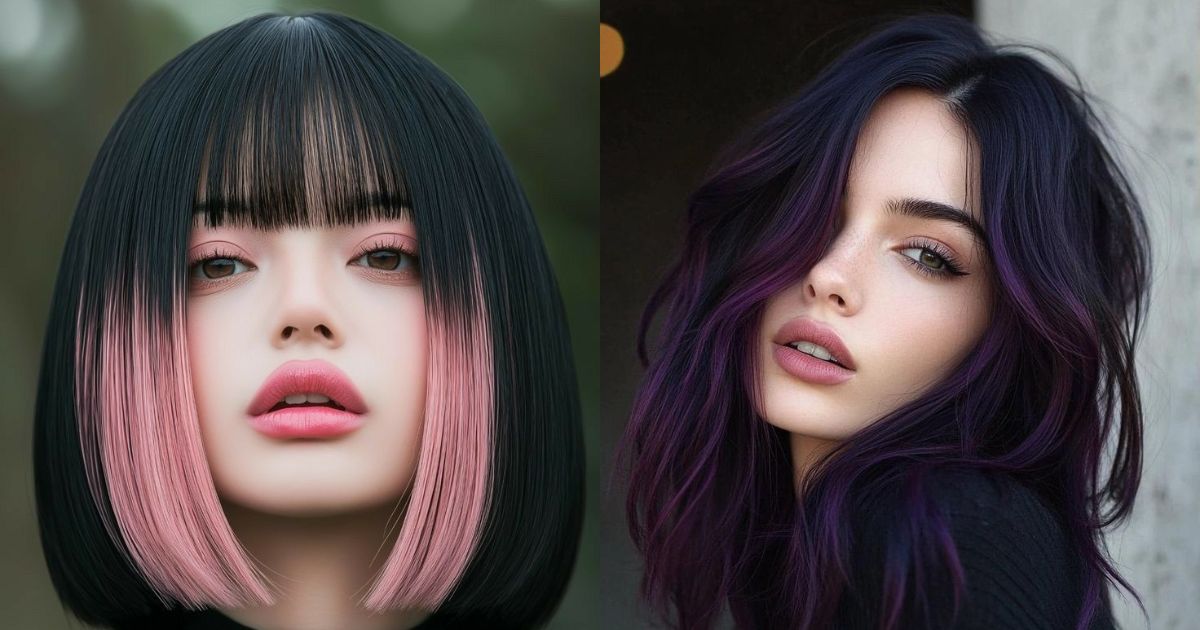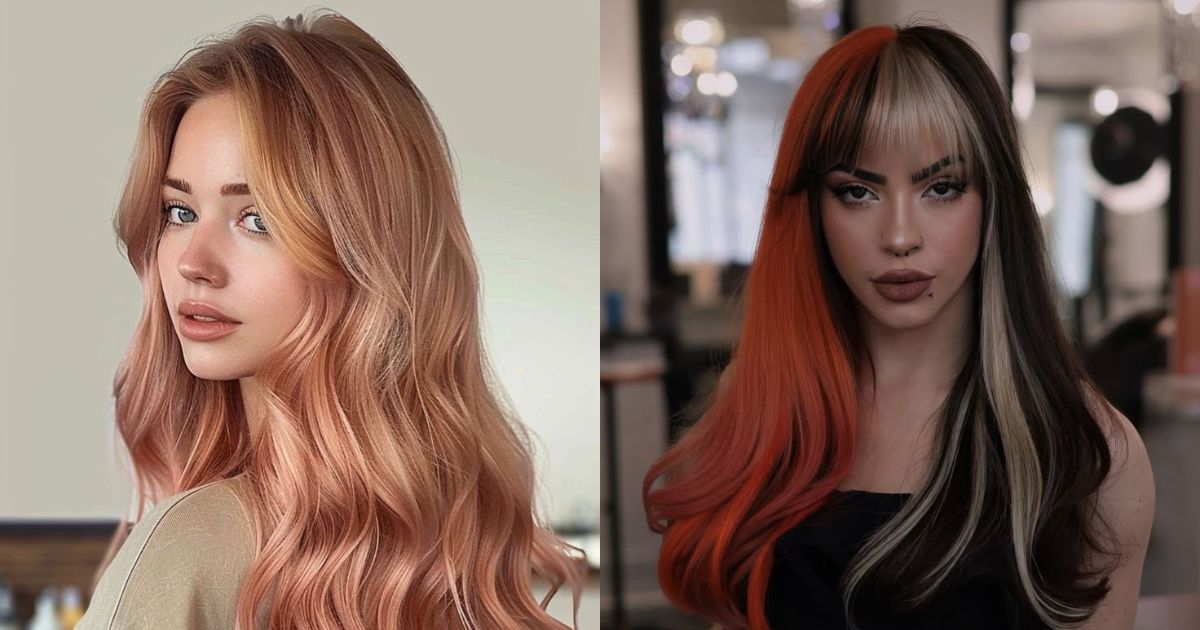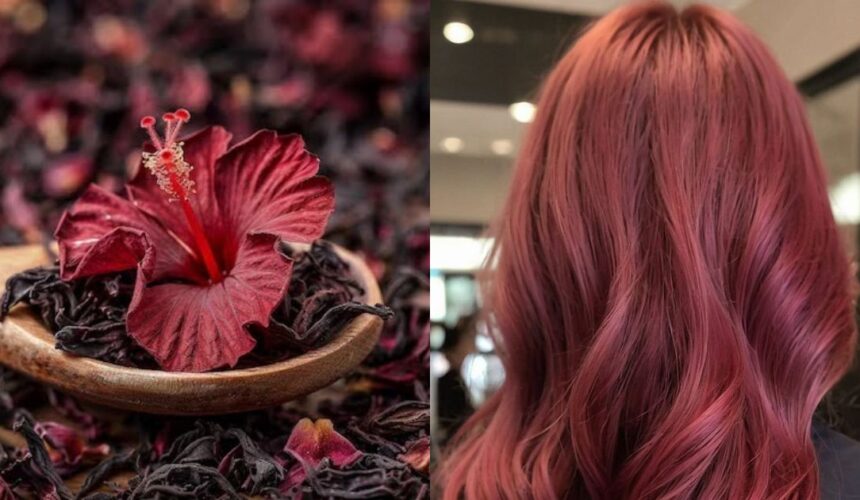
The Rise of Plant-Based Hair Colors: Why 2025 Is All About Going Green
Introduction
In 2025, hair color is more than just a fashion choice. It is also becoming a way to express personal values, health priorities, and individuality. While many women still enjoy the creativity of salon techniques and bold chemical shades, others are exploring gentler options that focus on health and eco-conscious living.
Plant-based hair colors are among the alternatives gaining popularity. Made from herbs, flowers, and natural ingredients, they provide rich tones while supporting overall hair health. Instead of replacing traditional dyes, they add another dimension to the diverse spectrum of coloring choices available today.
Why Plant-Based Hair Colors Are Trending in 2025
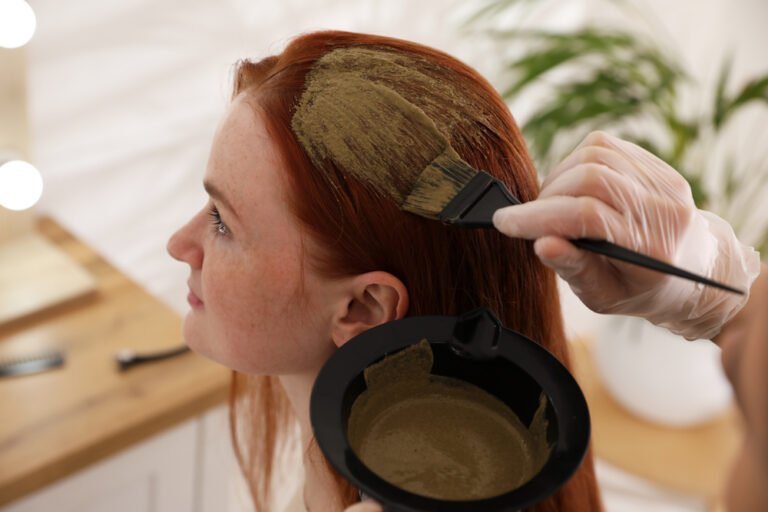
The Clean Beauty Movement
Clean beauty has become one of the most influential lifestyle shifts of the decade. Many consumers now prefer products with fewer harsh additives, while others remain loyal to traditional salon dyes for their versatility. Plant-based colors appeal to those leaning toward natural beauty routines because they use ingredients such as henna, indigo, chamomile, hibiscus, and cassia.
For women who already use natural skincare or clean makeup, herbal dyes feel like a natural extension of their routine, while still leaving plenty of room for experimenting with other popular hair color trends.
Eco-Conscious Living
Sustainability continues to influence beauty choices. Women who prioritize eco-conscious living often look for options that are vegan and biodegradable.
Choosing a chamomile rinse or a henna blend can feel empowering, but it is just one of many ways to care for both hair and the planet
Wellness and Self-Care
The wellness movement has shaped every corner of the beauty industry, and haircare is no exception. Plant-based dyes often provide conditioning benefits in addition to color.
Henna strengthens strands, chamomile soothes the scalp, and hibiscus nourishes while adding warm undertones.
Using these dyes can feel like a self-care ritual, though chemical dyes can also be part of wellness-focused routines when paired with nourishing treatments.
Influencers and Celebrities Leading the Way
Social media has been a powerful driver of beauty trends, and plant-based colors are gaining visibility alongside balayage, platinum shades, and vibrant creative colors.
Influencers share DIY glosses with coffee or beetroot, while others showcase bold salon transformations. Celebrities highlight both natural tones and dramatic hues, proving there’s no single definition of trendy.
The Gray Embrace Movement
One of the most inspiring shifts has been women embracing their natural grays. Plant-based dyes such as indigo and cassia can enhance silver strands with soft tones, creating a polished result.
At the same time, others choose professional highlights or lowlights to blend grays seamlessly.
What Makes Plant-Based Hair Colors Different
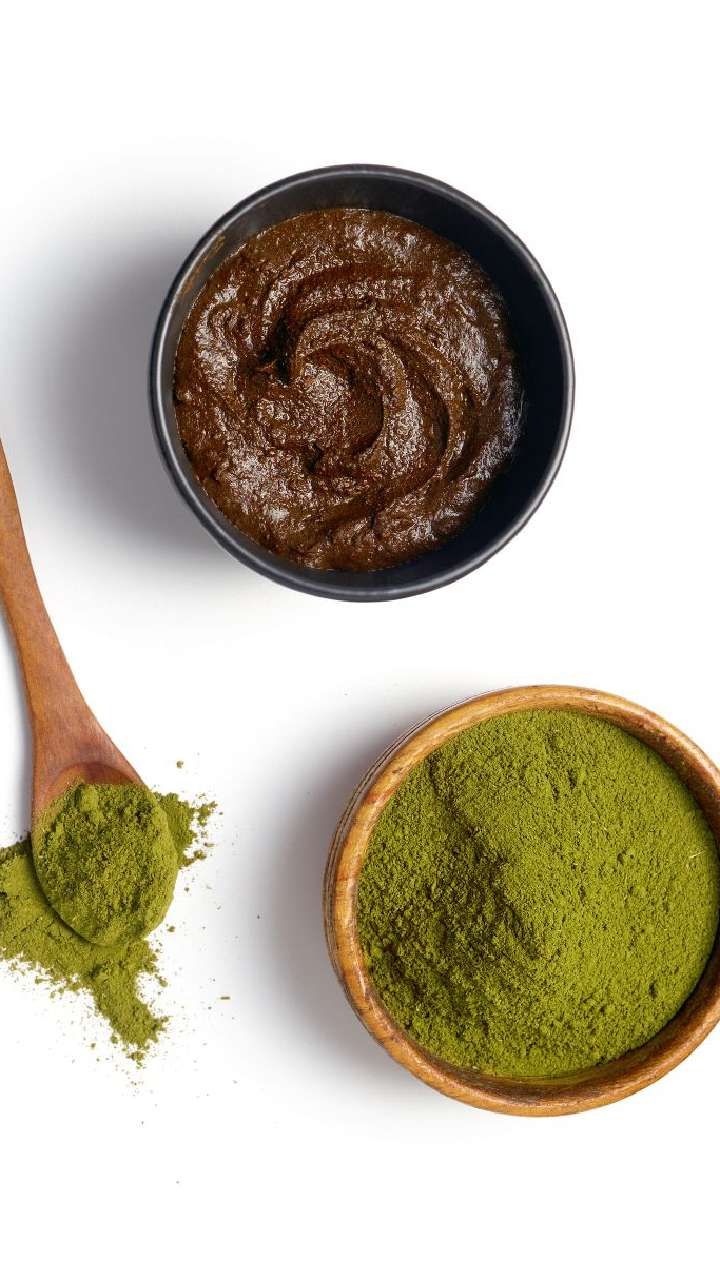
Unlike chemical dyes, which penetrate the hair shaft to alter pigment, plant-based dyes typically coat the strands, forming a protective layer that adds shine and fullness.
- Henna imparts coppery reds
- Indigo deepens hair into dark browns and blacks
- Chamomile brightens with golden highlights
- Hibiscus adds rosy undertones
- Coffee enriches brunette tones
- Cassia boosts shine with soft golden gloss
These shades not only color but also condition, though the range is more limited compared to salon formulas. Many women mix and match approaches depending on their goals.
Popular Plant-Based Shades and How to Use Them
Henna – Coppery Reds
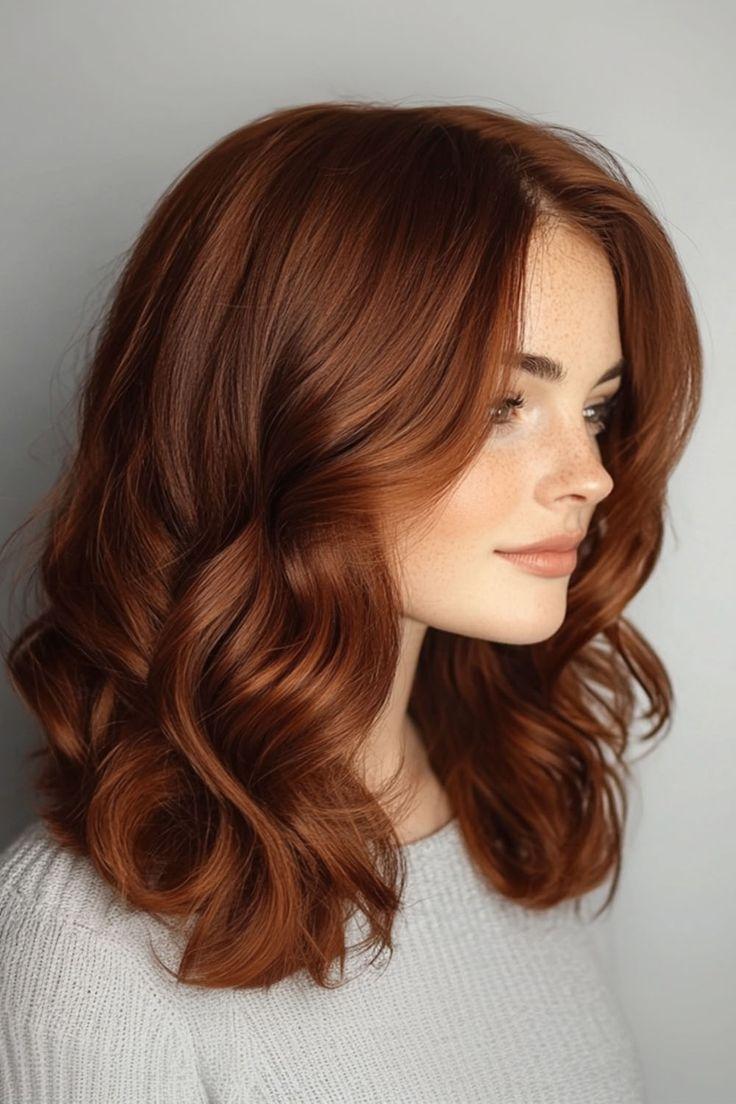
Seen on stars like Keke Palmer, this fiery hue reflects the vibrancy of henna, which naturally imparts coppery warmth. It gives vibrant red to auburn tones while strengthening strands. Mix the powder with warm water (or tea/coffee for deeper tones) to form a paste. Apply to clean, damp hair, cover, and leave for 1–4 hours before rinsing.
Indigo – Deep Dark Shades
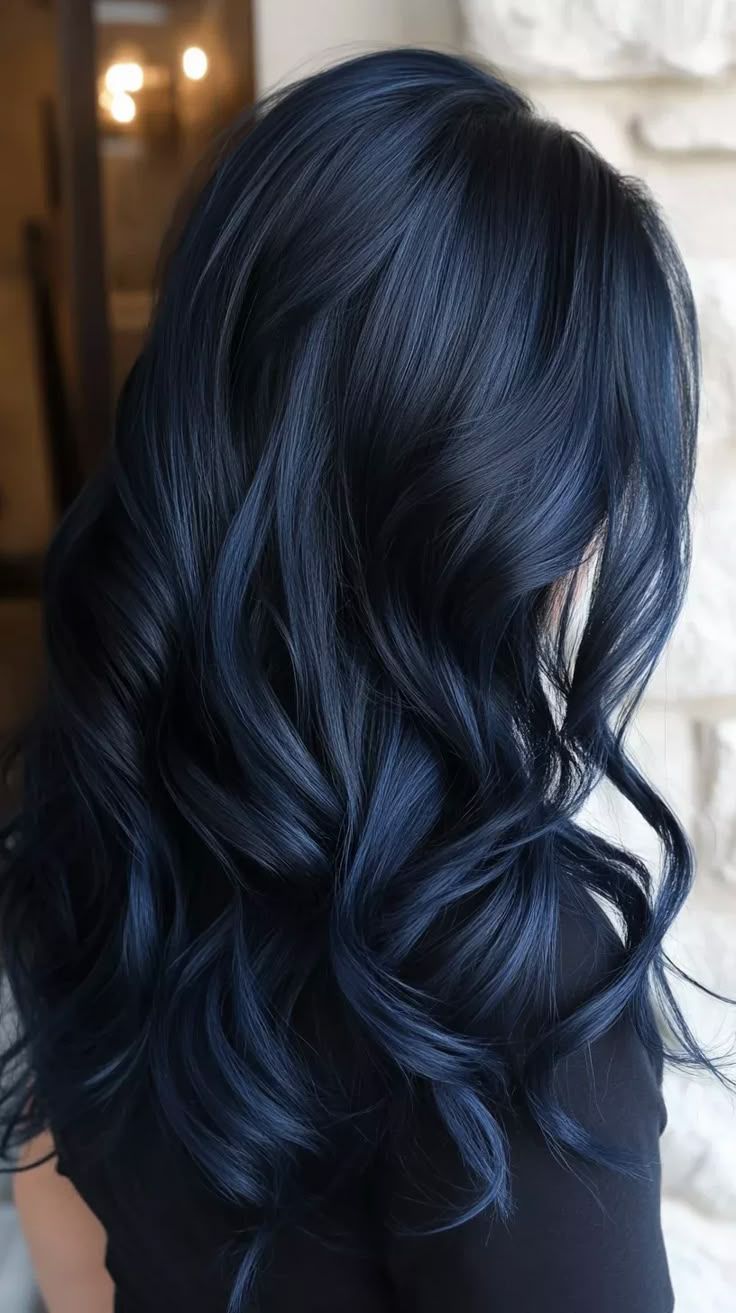
Creates navy to black tones, often layered over henna for brown to black shades. Mix the powder with warm water to make a paste, apply it, and leave it on for 1–2 hours before rinsing.
Chamomile – Golden Highlights
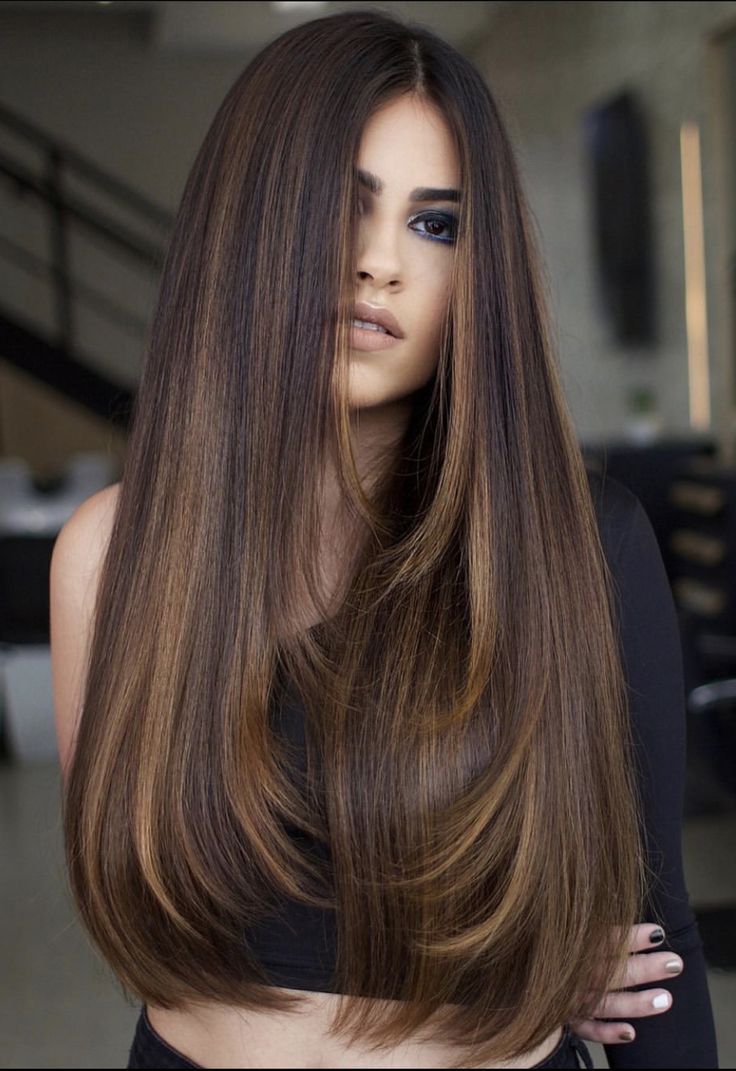
Naturally brightens blonde tones and adds a golden shimmer. Brew strong chamomile tea and use it as a rinse or spray on hair before sun-drying for a sun-kissed effect.
Hibiscus – Warm Pink Undertones
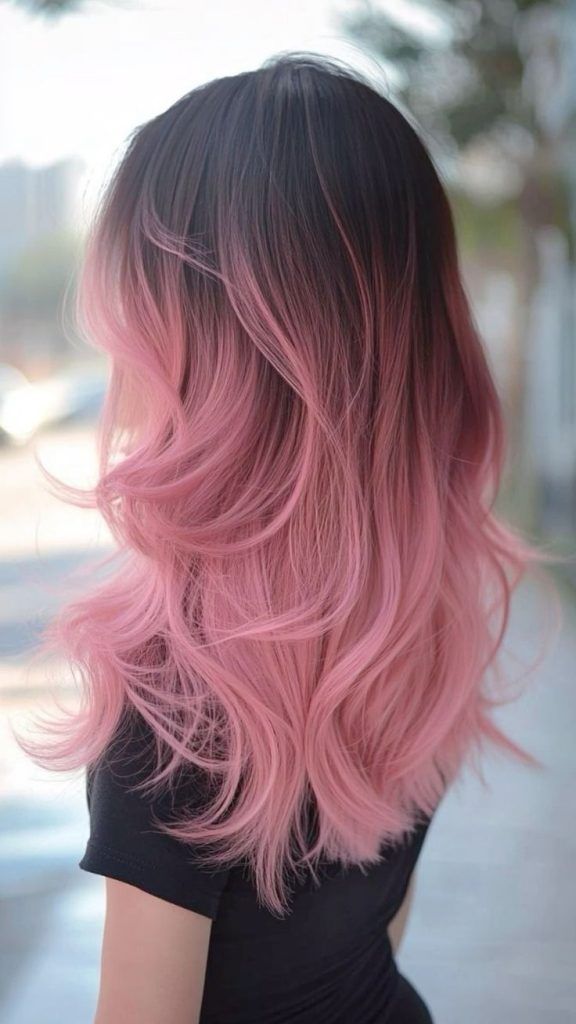
Enhances natural red tones with rosy highlights while conditioning hair. Apply as a paste or gloss, leave on for 30–60 minutes, then rinse.
Beetroot – Magenta Tint
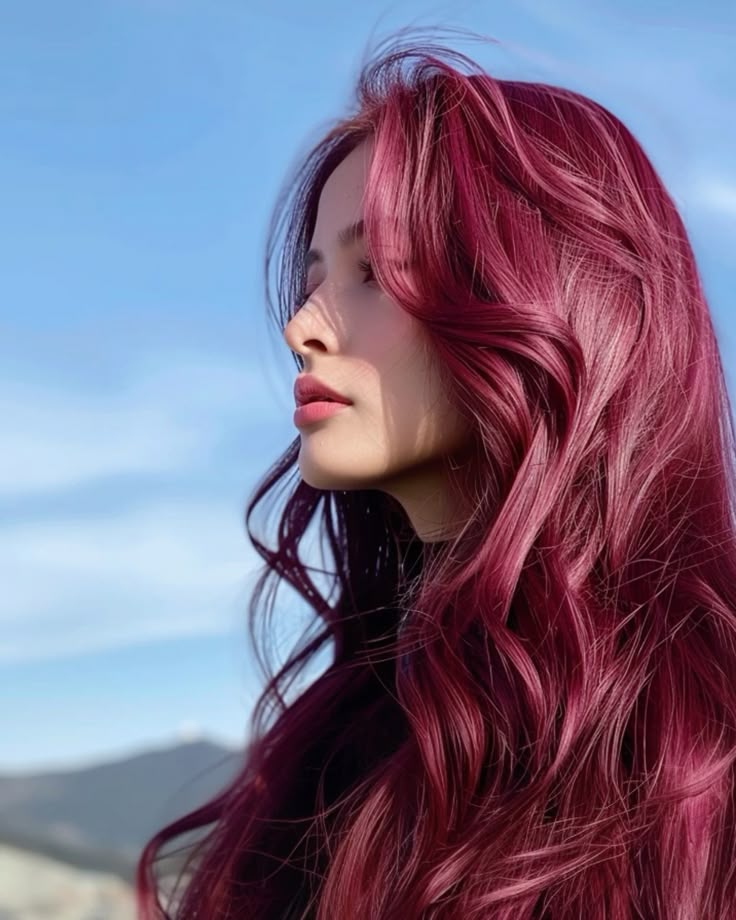
Provides playful, temporary red tints, best for lighter hair. Apply beetroot juice directly to hair, cover, and rinse after 30–60 minutes.
Cassia – Golden Shine and Gray Blend

Known as neutral henna, cassia conditions hair while giving a golden gloss. When mixed with indigo, it enhances gray strands with soft silvery tones. Leave paste on for 1–2 hours before rinsing.
Coffee – Rich Brunette Depth
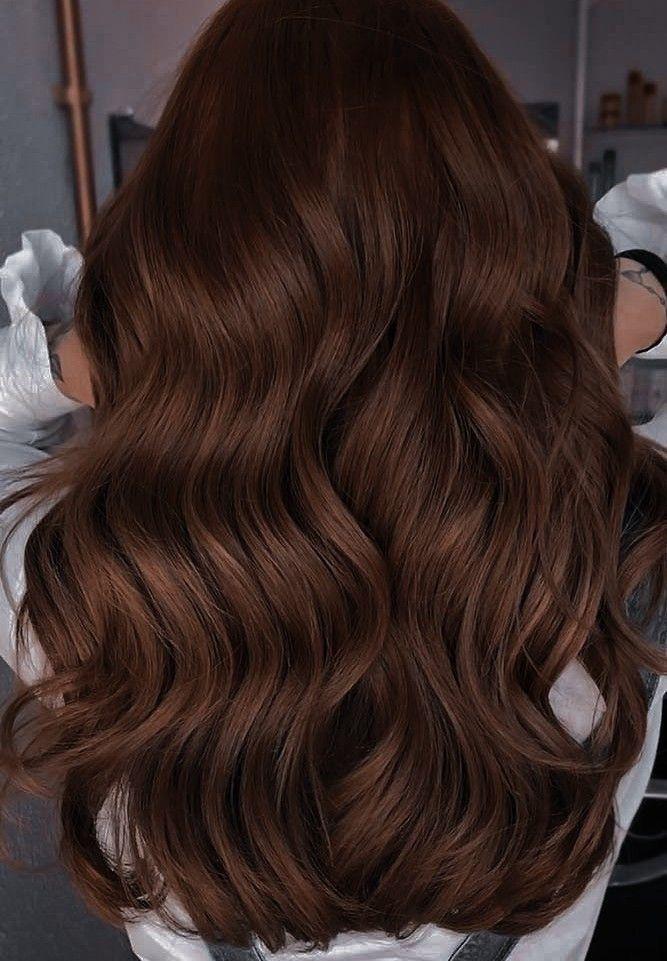
Deepens natural brown shades and adds shine. Brew strong coffee and use it as a rinse or mix it into henna for darker results.
Benefits of Choosing Plant-Based Hair Colors
- Healthier Hair: Natural dyes smooth the cuticle and reduce dryness.
- Gentle on Scalps: Herbal dyes are less irritating for sensitive users.
- A Sustainable Choice: Often eco-friendly and biodegradable.
- Softer Fades: Fade gradually, making maintenance easier.
Styling With Plant-Based Shades
Plant-based dyes can be customized to fit a variety of lifestyles. Busy women may prefer quick glosses, while creatives experiment with hibiscus or beetroot blends. Professionals often use subtle chamomile rinses to enhance brightness.
Challenges to Keep in Mind
Plant-based dyes cannot achieve every shade, especially vivid or platinum tones. Some require longer processing times, and henna can be long-lasting, making shade changes tricky.
Chemical dyes, on the other hand, may cause dryness or require frequent upkeep. The right choice depends on lifestyle and personal goals.
Transitioning From Chemical to Plant-Based Dyes
The transition can happen gradually. Many start with glosses or highlights before committing fully. A clarifying shampoo routine helps prepare hair, and professional guidance is beneficial for bleached hair.
Some women keep their salon shades but add occasional herbal glosses for conditioning.
Frequently Asked Questions About Plant-Based Hair Colors
1. Can plant-based dyes lighten hair?
No. Natural dyes cannot lighten hair because they do not contain bleaching agents. They enhance, deepen, or add tone to your existing shade.
2. How long do plant-based colors last?
Most herbal dyes last between 4 and 6 weeks, though it depends on the ingredient and hair type. Henna is long-lasting, while chamomile and hibiscus tend to fade faster.
3. Are plant-based dyes safe during pregnancy?
Many women view them as a gentler choice since they come from plants. Still, it is best to review ingredients and consult a doctor before use.
4. Do they work on all hair types?
Yes, but results vary. Coarse or curly hair often absorbs pigment more strongly, while fine hair may show softer results.
5. Can I mix plant-based and chemical dyes?
It is possible, but caution is key. Some chemical dyes do not react well with henna or indigo. Always do a strand test first or seek advice from a professional colorist.
Conclusion: A Greener Choice Among Many
Plant-based hair colors in 2025 offer gentle, eco-conscious alternatives while still providing shine, depth, and personal expression. Some dyes require longer processing times, and henna’s lasting power can make shade shifting more difficult.
From plant-based tints to platinum transformations, women now enjoy more freedom than ever to color in ways that reflect both lifestyle and personality.

